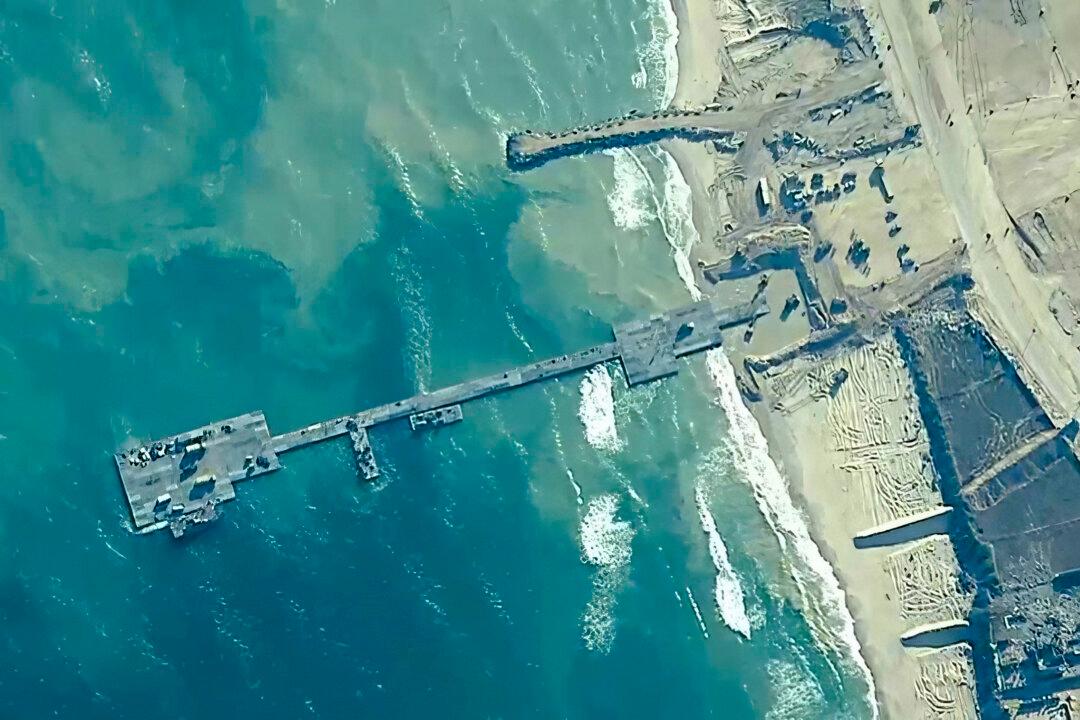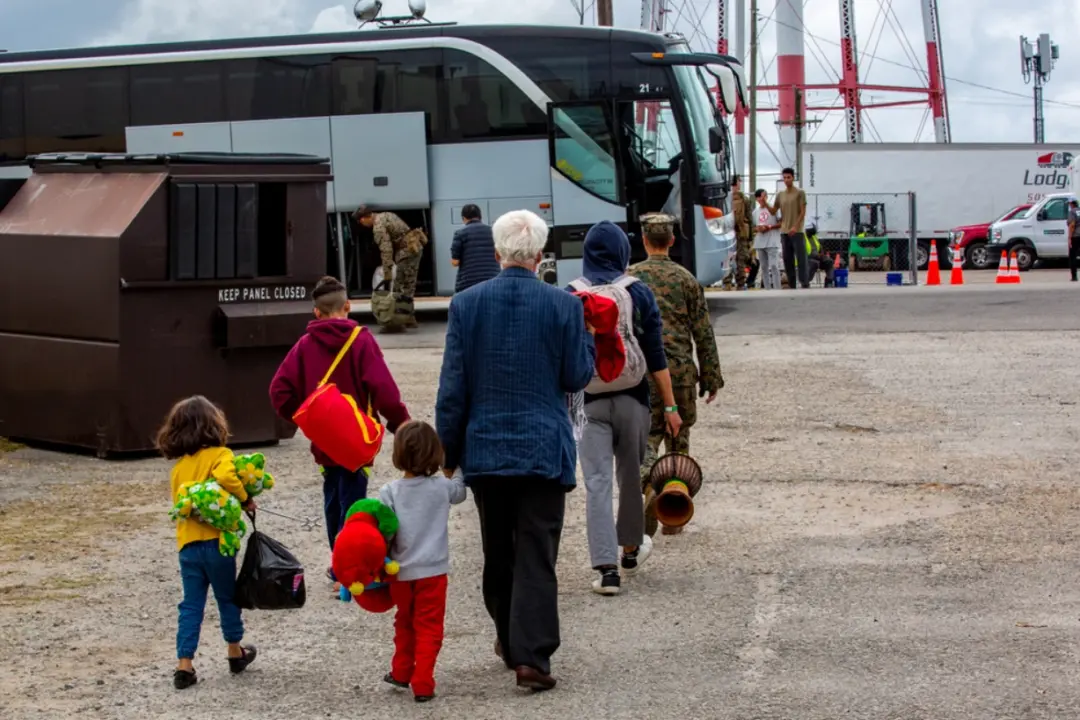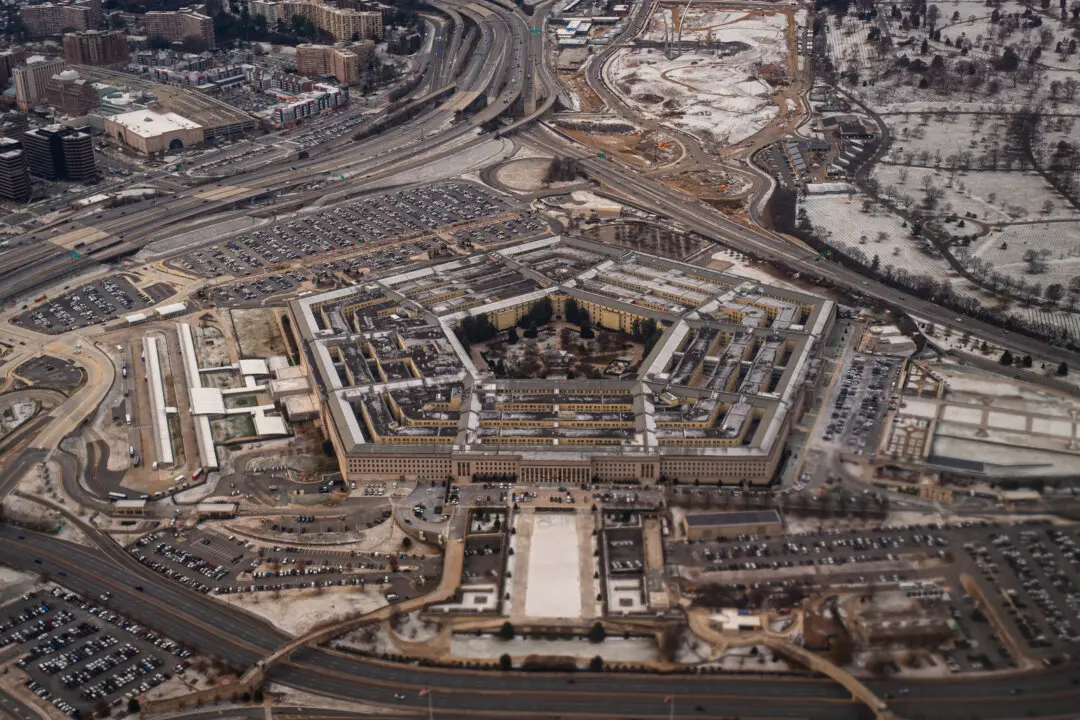The U.S. military has, for a third time in just over a month, detached and started to relocate its temporary Gaza humanitarian assistance pier, amid concerns about weather damage.
At a June 28 press briefing, deputy Pentagon press secretary Sabrina Singh announced U.S. Central Command (CENTCOM) had detached the pier and had begun to tow it to the Israeli port city of Ashdod to wait out high waves forecast for the weekend.





